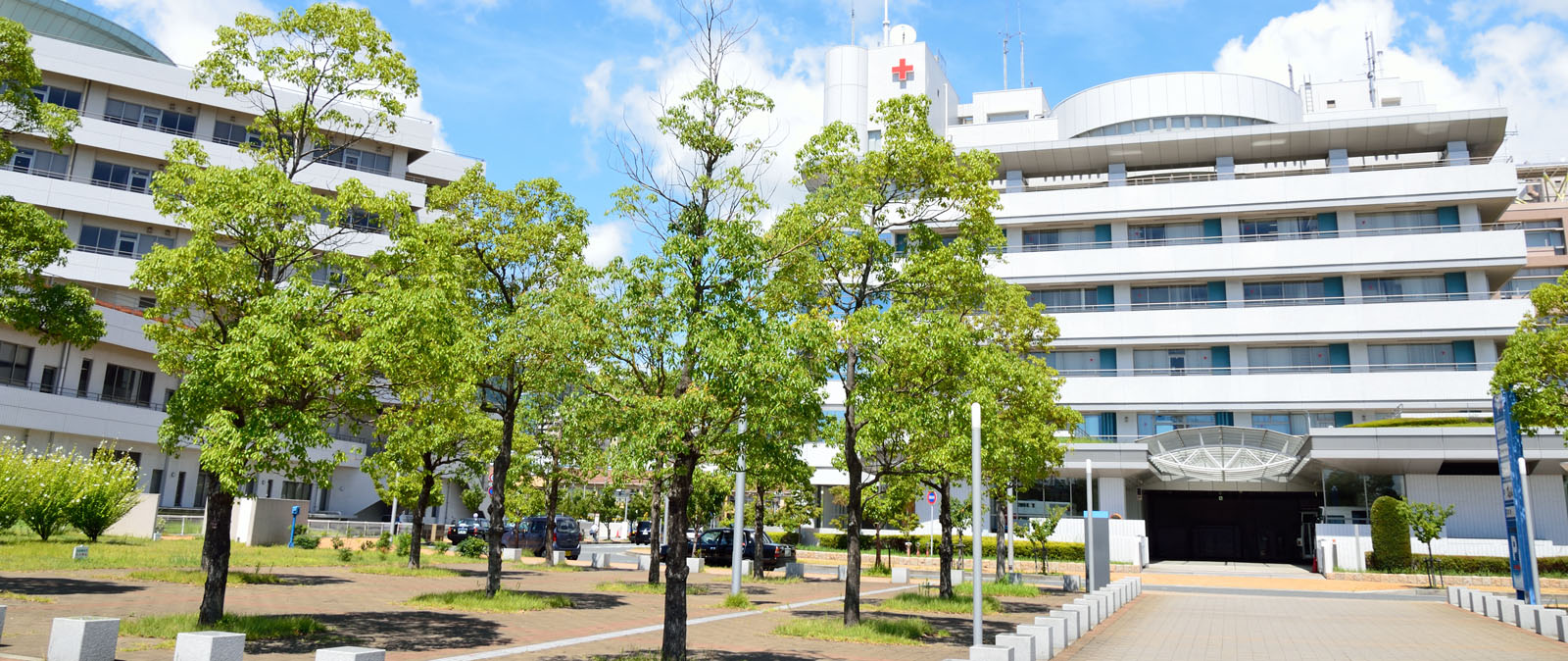The global growth in the flow of patients and health professionals as well as medical technology,capital funding and regulatory regimes across national borders has given rise to new patterns of consumption and production of healthcare services over recent decades. A significant new element of a growing trade in healthcare has involved the movement of patients across borders in the pursuit of medical treatment and health; a phenomenon commonly termed medical tourism‘. Medical tourism occurs when consumers elect to travel across international borders with the intention of receiving some form of medical treatment.
TOUR OPTION
We are a modern Medical Clinic
Our Vision
Despite high-profile media interest and coverage, there is a lack of hard research evidence on the role and impact of medical tourism. Whilst there is an increasing amount written on the subject of medical tourism, such material is hardly ever evidence-based. Medical tourism introduces a range of attendant risks and opportunities for patients.
This treatment may span the full range of medical services, but most commonly includes dental care, cosmetic surgery, elective surgery, and fertility treatment. There has been a shift towards patients from richer, more developed nations travelling to less developed countries to access health services, largely driven by the low-cost treatments available in the latter and helped by cheap flights and internet sources of information.

Facilities
We constantly invest in high-end equipment

India has not only hospitals with world-class facilities but skilled world-class doctors and medical personnel too. The country has the largest pool of doctors and paramedics in Nepal, Bangladesh.
Many of them have established their credentials as leaders around the world. India’s medical history spans thousands of years through alternate medicine forms.
Quality of care is what attracts people. However, quality services should not be beyond the affordability of the patient who requires it.
If quality comes at an affordable cost it is an unbeatable advantage. This confluence of highest quality and cost advantage is unique for India.
We promised to take care… and delivered
Testimonials Slider Feature
